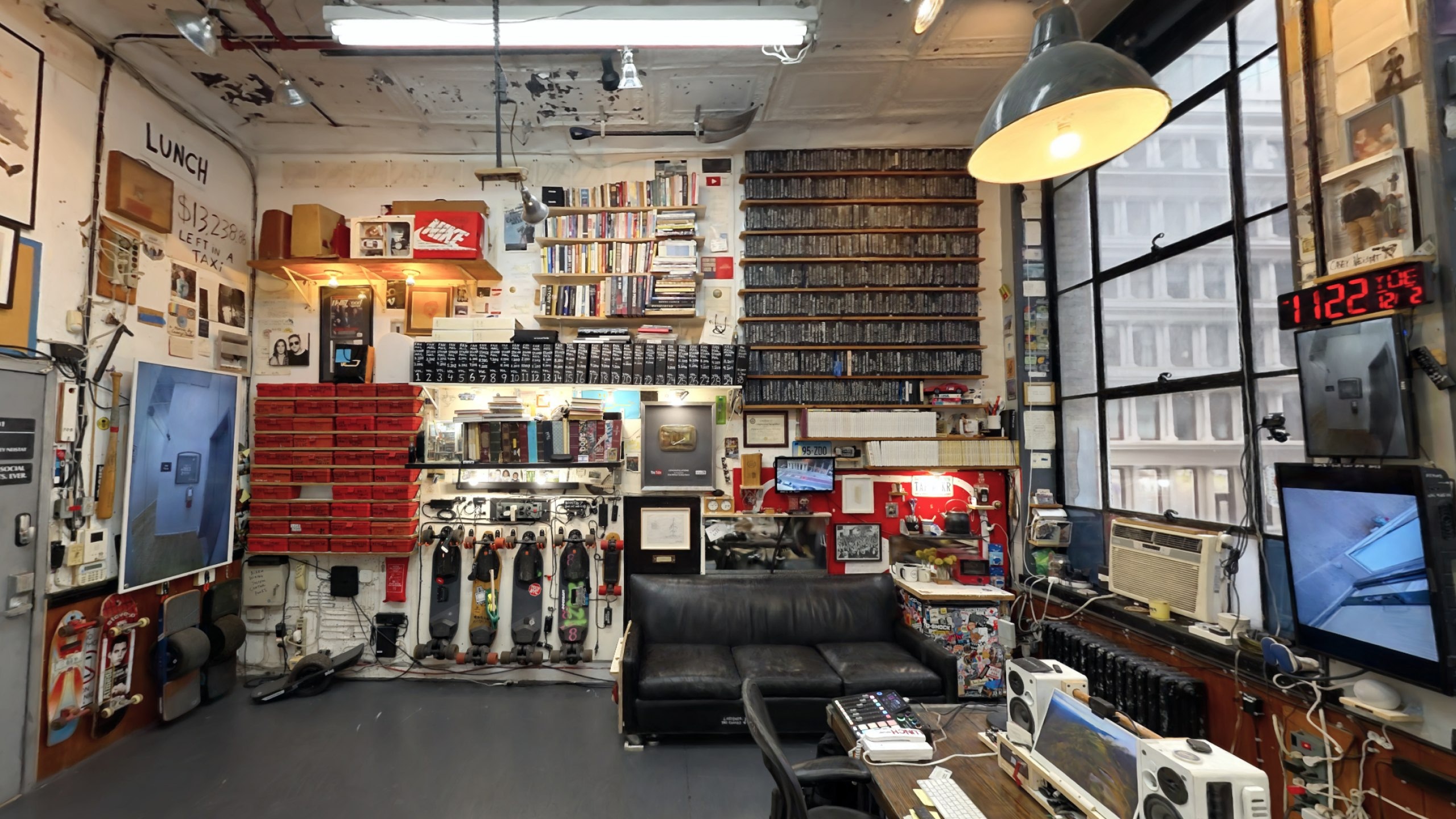

Michael Rubloff
Nov 28, 2025
Throughout the course of this year, we’ve watched OctaneRender preview its gaussian splatting work in prerelease builds. Today, that prerelease becomes official, and the final version lands with some genuinely significant advances for splat based workflows.
Octane 2026 is the first commercial path tracer to natively load, shade, and relight Gaussian splats with full spectral lighting. Splats are path traced using the same lighting logic that governs mesh geometry. That includes:
Global illumination across splats and polygonal geometry
Reflections, refractions, and DoF
Full integration with Octane’s camera model
Real-time performance for interactive splat scenes
Octane 2026 supports PLY and SPZ imports, works directly with Nerfstudio and Polycam, and integrates with the Marble world model from World Labs. It’s production ready, and immediately opens a path for artists who want to work with radiance fields in a professional pipeline.
Alongside Gaussian splatting, Octane 2026 debuts the Neural Radiance Cache (NRC), a runtime trained neural network that learns a scene’s light transport, dramatically accelerating noise convergence on first pixel. NRC functions as a neural GI accelerator, similar in spirit to ReSTIR based methods, but tuned specifically for Octane’s spectral rendering architecture.
OTOY is also launching the first public beta of OTOY Studio, a node driven environment that connects Octane to more than 700 generative and neural creation tools from partners such as Luma, Runway, Kling, World Labs, and others. It’s a bridge between traditional DCC workflows and emerging world model based pipelines.
But the OTOY team wasn’t done.
They also unveiled the entire Octane 2027 roadmap, which significantly expands Octane’s neural and radiance field capabilities. Most notably, Octane 2027 introduces direct export of traditional CG scenes into Gaussian splats and 4D neural objects. This is an extraordinary shift. Over the past year, we’ve seen creators manually convert CG scenes into splats by generating synthetic camera rigs and training models around them. Octane 2027 appears to bypass that process entirely. Because the export is happening inside the renderer, the system can rely on the original scene data, geometry, materials, lighting, motion— rather than synthesizing viewpoints.
For the radiance field community, this marks a major moment. It collapses the divide between CG and neural pipelines. You can imagine a VFX sequence, a CAD asset, a KitBash city. They can soon become a fully relightable splat with embedded spherical harmonics and PBR information. We will be keeping a very close eye on the progression of this feature as it moves toward release.
This positions Octane uniquely across offline path tracing, real time rendering, and world model based 3D generation. There’s currently a Black Friday offer for OctaneStudio+ that includes a three-month World Labs Marble Pro subscription, so for anyone considering either platform, this may be the most economical entry point.
Both the 2026 release and the 2027 roadmap are substantial announcements that are likely to influence Gaussian splatting workflows across the entire industry. You can learn more directly at OTOY’s website.







